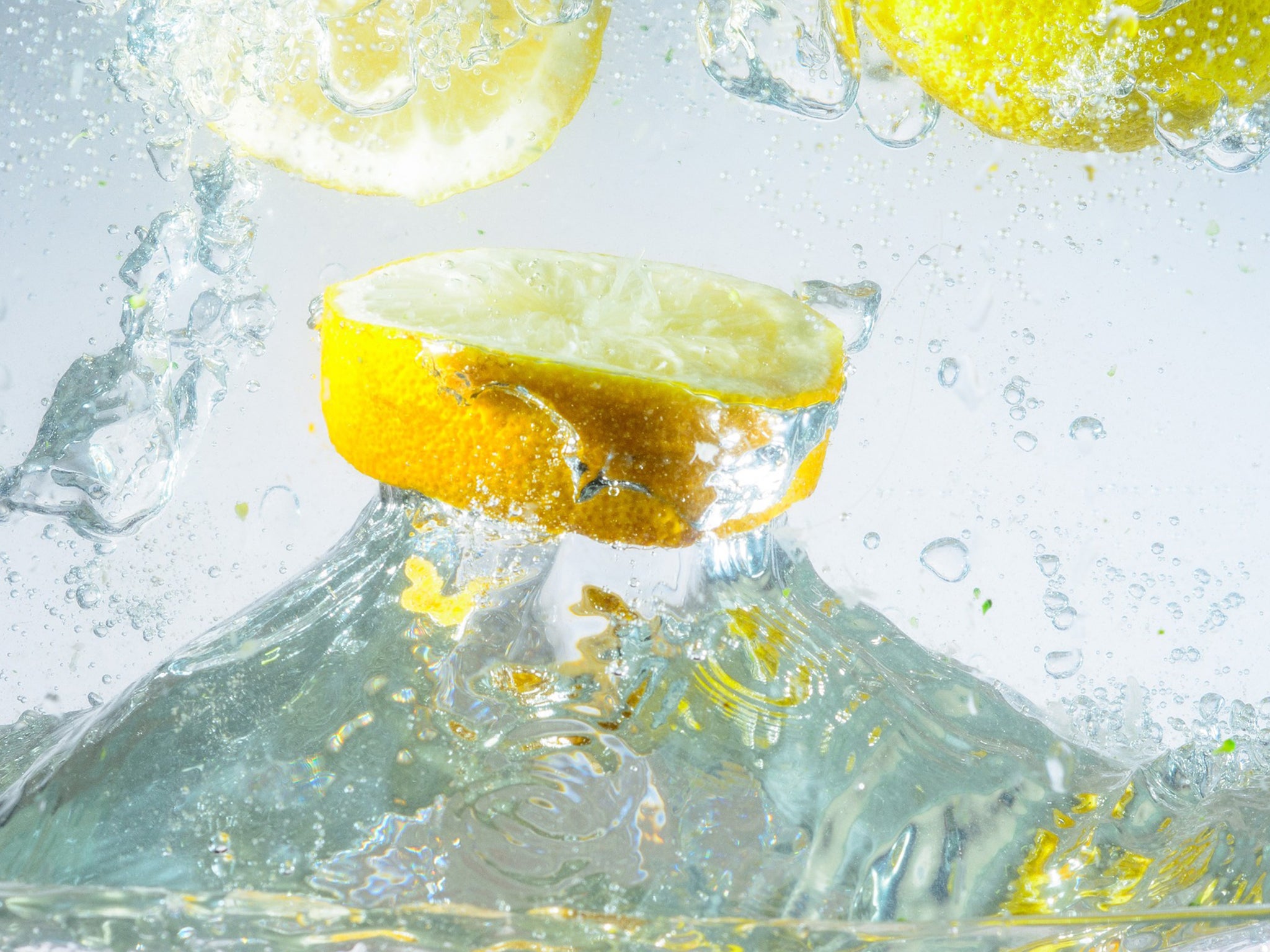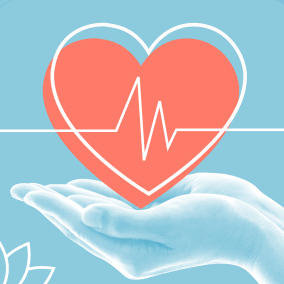3 of the biggest diet pitfalls and how to avoid them

Some diets aren't all they're cracked up to be.
Instead of making yourself a guinea pig for every new eating fad, wouldn't it be nice if there were a way to tell which diets were phony before trying them out?
Registered dietitian and nutritionist Andy Bellatti recently gave us three pointers to spot — and defeat — a faulty diet tip in minutes:
Red flag #1: It emphasizes powders, pills, or both.
“Powders and pills are red flag number one,” Bellatti told Business Insider.
The problem with these concoctions, he says, is that they've taken part of something that was once a whole food, like a fruit or a vegetable, then separated and processed it for one ingredient. That's OK for things like cocoa powder, which does have nutrients, but it shouldn't make up the bulk of your eating regimen.
“When something is a powder, you're probably using what, a teaspoon or tablespoon at most? And you have to wonder how much that can really do. Versus a cup of broccoli or a quarter cup of cashews. That’s something significant,” says Bellatti.
How to fix it: Go for whole food as much as possible.
Writer Michael Pollan said it best: “Eat food. Not too much. Mostly plants.”
Be sure to incorporate fresh vegetables, like broccoli, bell peppers, and brussels sprouts, into any eating plan. These crunchy, colorful foods — which the CDC actually calls “powerhouse foods” — are a great source of key vitamins and nutrients. They're also high in fiber, which helps keep you feeling full and satisfied until your next meal.
Red flag #2: Its purported “results” are explained in very vague terms.
If the label promises to do things like “Harmonize your aura,” chances are it won't do much of anything at all.
One problem with putting slogans like these on health products, says Bellatti, is that they're “completely subjective. They can't be tested.” In other words, there's no way of knowing whether a product that claims to “bring you in line with your true self” is really doing so.
And, as Bellatti points out, “The person whose word you're taking is the person who's profiting from this.”
How to fix it: Eat things with specific benefits.
Most health guidelines are based around specific, measurable benefits, from drinking a certain amount of water each day (end goal: stay hydrated) to eating a specified amount of protein (end goal: maintain and build muscles).
Most of these rules are specific to you, however, because they depend on other lifestyle factors like your height, weight, gender, and the amount of exercise you get each day. Other guidelines are more applicable to everyone, like eating enough fiber to keep your digestive system running smoothly and getting enough calcium to protect your bones.
Red flag #3: It doesn’t align with common-sense principles.
If “cleaning out your system” by drinking a mixture of lemon juice and maple syrup sounds too easy to be true, it probably is. The truth is, you never need to detox.
Why?
Because our bodies do it for us. While our kidneys filter our blood and remove any waste from our diet, our liver processes medications and detoxifies any chemicals we ingest. Paired together, these organs make our bodies natural cleansing powerhouses.
Similarly, any diet plan that claims it can “give you glowing skin in 24 hours” or “make you feel like a new person” is probably being a bit overzealous.
How to fix it: Check out what real-life healthy people are doing, and model your lifestyle after theirs.
You don't necessarily need to subscribe to a specific meal plan or banish certain foods from your diet to start feeling and looking better. For starters, Bellatti suggests simply reaching out to people close to you who are living the lifestyle you want.
“What I would do if I wanted to get healthier is I would look at my friends and family members who are living the life I want to have and I'd say, 'what are they doing?'” says Bellatti.
“The people in your life who are the healthiest are probably doing practical things: not drinking much soda, eating very little fast food, getting enough fiber in their diet.”
Read more:
• Analysts question the way Apple describes its data
• Mike Ashley has a plan to save BHS with no job losses
• Investors think central banks have lost their power
Read the original article on Business Insider UK. © 2016. Follow Business Insider UK on Twitter.
Subscribe to Independent Premium to bookmark this article
Want to bookmark your favourite articles and stories to read or reference later? Start your Independent Premium subscription today.

Join our commenting forum
Join thought-provoking conversations, follow other Independent readers and see their replies